- Write by:
-
Monday, January 28, 2019 - 10:05:48 AM
-
636 Visit
-
Print
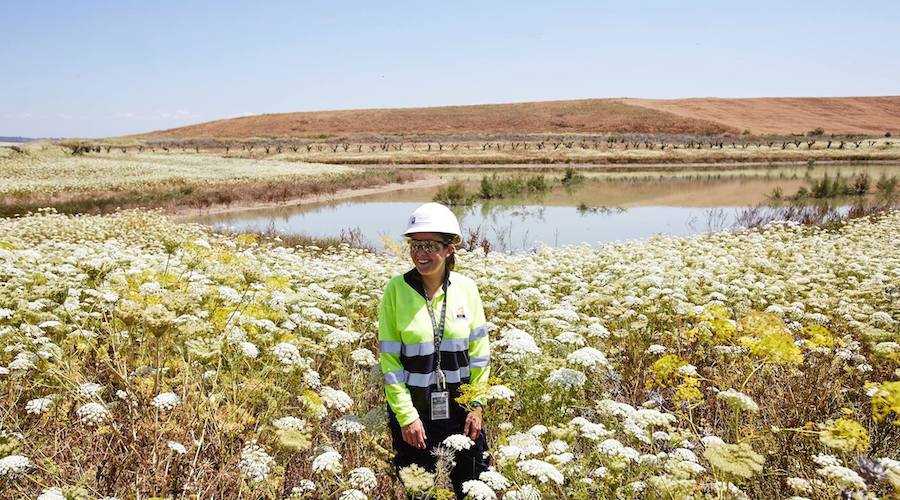
Mining News Pro - A paper published in the journal Geology predicts that scientists are close to proving that microbes have control over the precipitation of metals in near-surface environments.
According to Mining News Pro - The authors of the study reached this conclusion based on what they have seen at the unusual Las Cruces deposit, located 8 kilometers from the city of Seville in the Spanish region of Andalusia. There, a significant part of high-grade copper ore occurs as thick, massive veins of copper sulfides. In the researchers` view, this is direct evidence that mineralization is currently being formed in relationship with active aquifers and in an area isolated from the surface by a thick layer of marl.
The scientists were able to extract the samples they are working thanks to the help of Canada`s First Quantum Minerals, the company that owns the open pit mining operation. They describe the samples as pristine, as they had never been in contact with the atmosphere.
Using different microbiological techniques and detailed electron microscope studies, the experts saw that copper sulfides are precipitating in a relationship with colonies of sulfate-reducing microbes.
In a media statement, the researchers explained that they saw nanometer-sized crystals of covellite embedded in the polymeric compounds that encapsulate bacteria.
"These crystals coalesce, later forming the big veins. However, much more work is needed in order to know to which extent these processes are global and if microbes control most of the formation of the secondary copper deposits," their press release reads.
Short Link:
https://www.miningnews.ir/En/News/331557
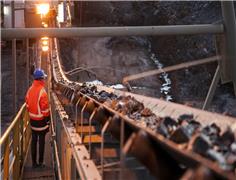
Copper traded near $10,000 a ton, hitting a new two-year high on its way, as investors continue to pile in on a bet that ...
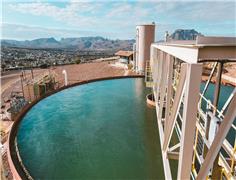
A Native American group has asked all members of a US appeals court on Monday to overturn an earlier ruling that granted ...
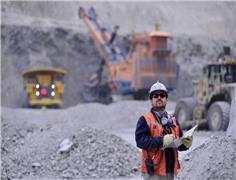
Codelco is exploring more partnerships with the private sector as Chile’s state copper behemoth looks to recover from a ...
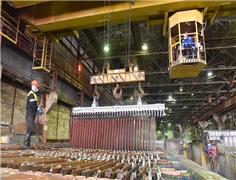
The London Metal Exchange (LME) on Saturday banned from its system Russian metal produced on or after April 13 to comply ...
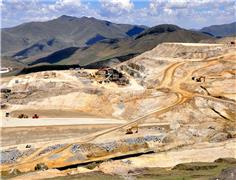
Peru’s Las Bambas copper mine, owned by China’s MMG, is facing renewed blockades of a key transport route after failed ...

Vitol Group confirmed that it’s starting to rebuild a trading book for metals after a long stint out of the market, with ...
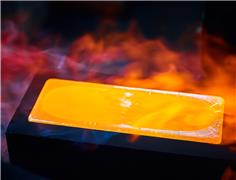
Chinese investors are snapping up stocks tied to high-flying metals from copper to gold, aiding an onshore market facing ...

Copper traded near a 15-month high as supply concerns and brighter demand prospects triggered a slew of bullish calls on ...
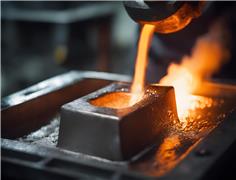
Copper jumped to its highest intraday price since January 2023 as the bellwether industrial metal faces rising tighter ...
No comments have been posted yet ...